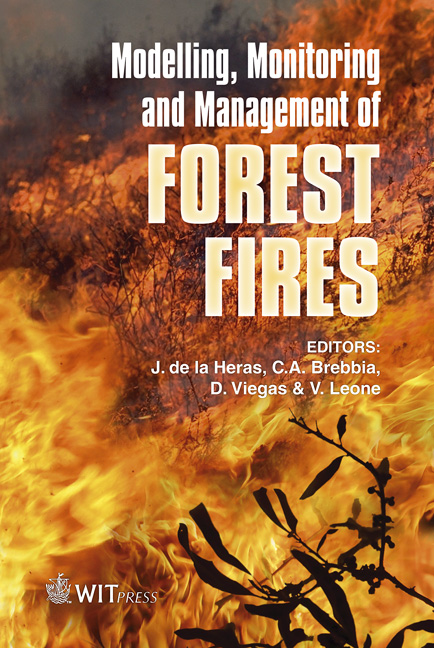Impact Of Wild-land Fires On European Air Quality In 2006–2008
Price
Free (open access)
Transaction
Volume
119
Pages
9
Page Range
353 - 361
Published
2008
Size
556 kb
Paper DOI
10.2495/FIVA080351
Copyright
WIT Press
Author(s)
M. Sofiev, M. Lanne, R. Vankevich, M. Prank, A. Karppinen & J. Kukkonen
Abstract
This paper considers the influence of wild-land fires on air quality in Europe using the spring and summer seasons of 2006–2007 as prominent examples. The preliminary results for the season 2008 will also be presented. The experience of Air Quality forecasting with the SILAM modelling system, which considers anthropogenic, natural and fire-related emission sources is discussed. The fire emission is deduced from the near-real-time MODIS satellite retrievals using two sets of products of the instrument, which are assimilated daily by the emission pre-processor. We analysed several episodes and compared the impact of fires with contributions from anthropogenic sources. For example, high concentrations of nearly all pollutants were detected in Central, Eastern and Northern Europe in late spring of 2006. Simulations showed that this episode was formed by contributions of all main sources: major wild-land fires in Russia and substantial amounts of anthropogenic and natural air pollutants were accumulated for a few days over Eastern Europe. A synchronization role was played by meteorology. Specific weather conditions promoted formation of the multi-component pollution cloud, which was then transported across most of Central and Northern Europe causing widespread allergic symptoms and other illnesses associated with poor air quality. Several other episodes were more localised. Thus, August of 2006 was particularly difficult in Portugal and Spain, but also in Finland, while August 2007 was particularly difficult in Greece. The model predictions were compared with available information from ground-based monitoring sites and the satellite retrievals. The agreement was fairly good, especially for timing of the rise and fall of concentrations, while the quality of absolute levels reproduction appeared to depend on the original fire product. Keywords: fire assimilation system, wild-land fires, dispersion modelling, air quality.
Keywords
fire assimilation system, wild-land fires, dispersion modelling, air quality.





